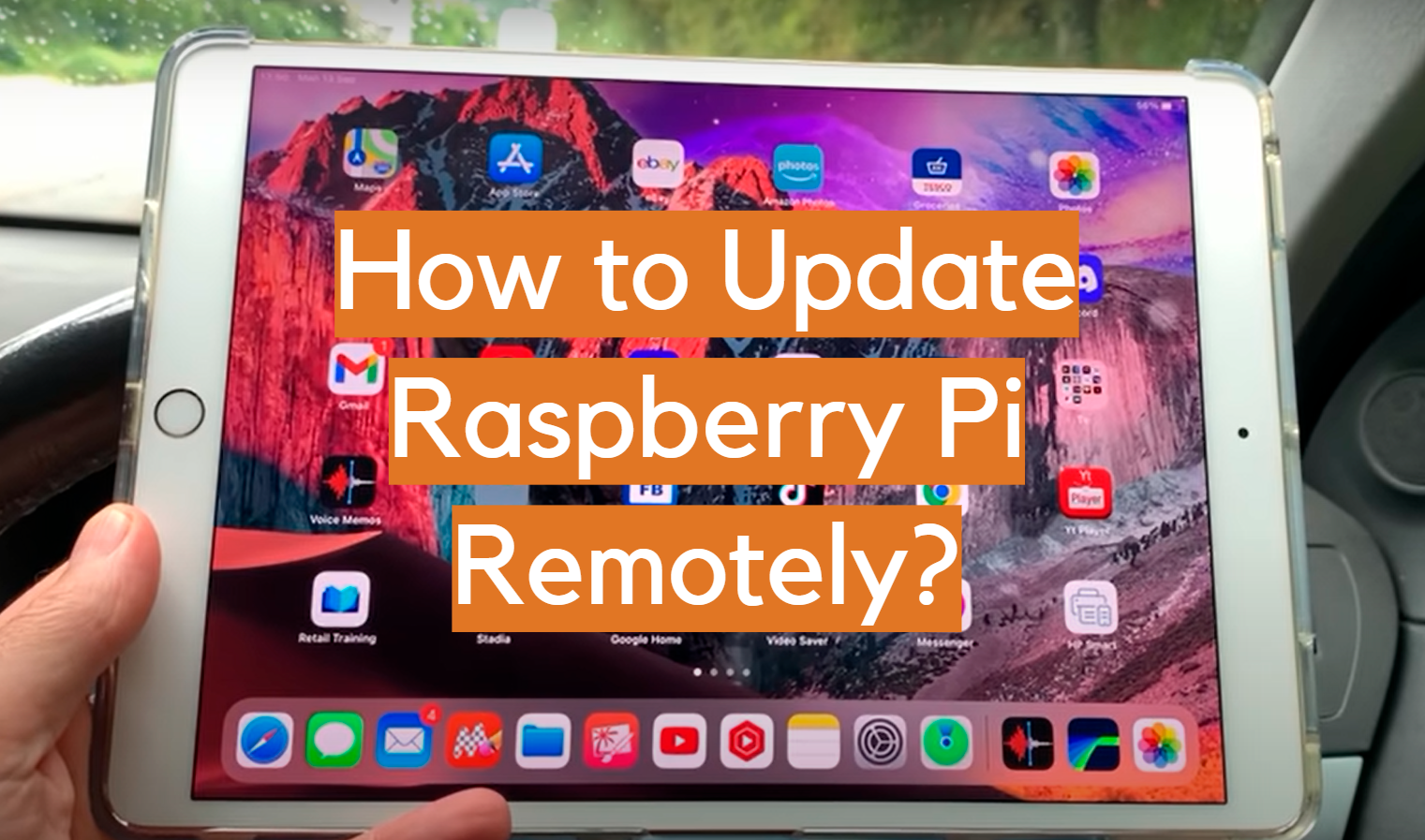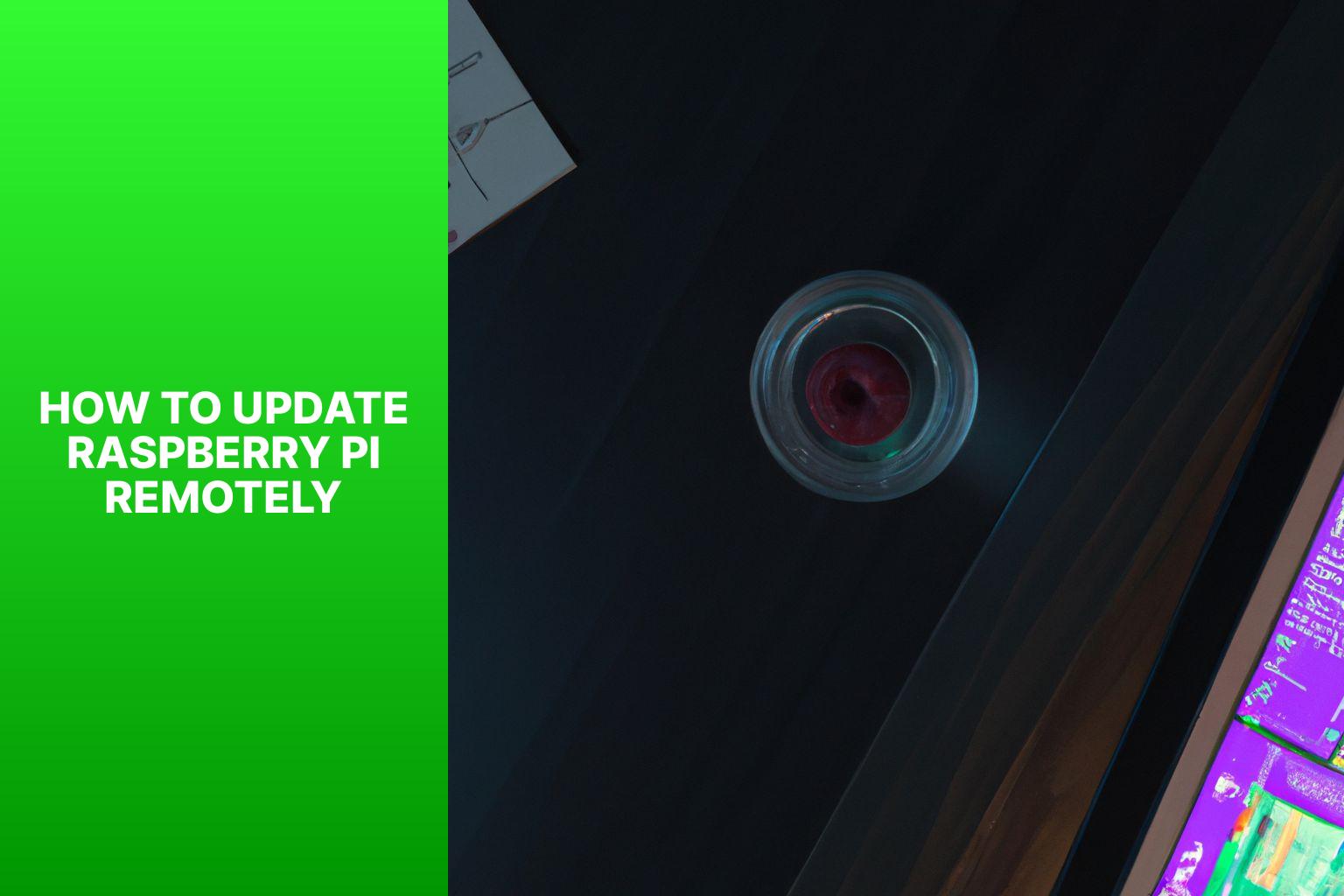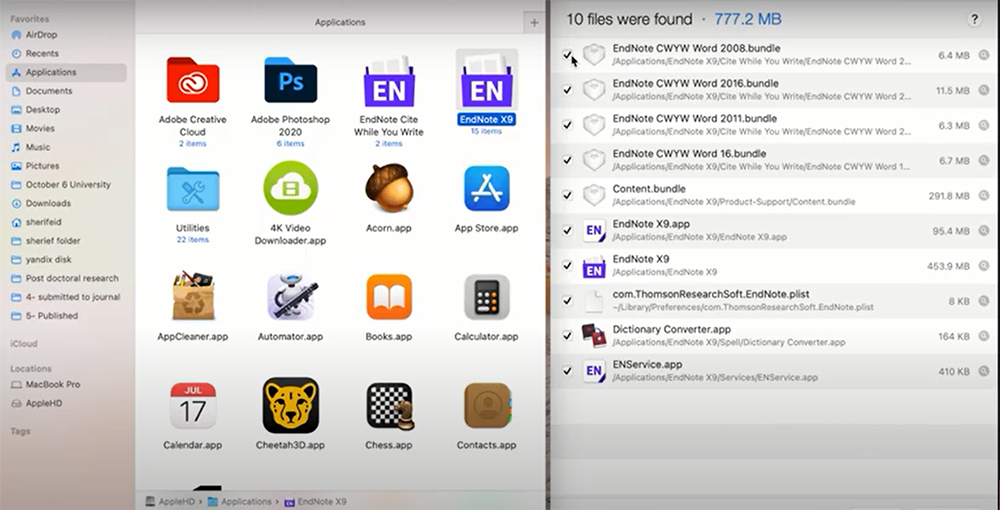Can you truly manage your Raspberry Pi devices without being physically present? Yes, with the right knowledge and tools, remote updates and access to your Raspberry Pis are not only possible but also surprisingly straightforward, opening up a world of possibilities for your projects.
This exploration delves into the practicalities of managing Raspberry Pis remotely, a crucial skill for anyone leveraging these versatile devices for projects ranging from home automation to industrial applications. We'll examine the methods to access your Raspberry Pi, ensuring secure remote access to perform essential maintenance, software updates, and file transfers.
Consider the scenario: you're managing a fleet of Raspberry Pis deployed across a network, perhaps monitoring environmental conditions or controlling industrial machinery. Keeping these devices up-to-date is paramount for security, stability, and optimal performance. Traditional methods, such as physically accessing each device, become impractical and time-consuming. Thankfully, there are more efficient solutions.
One of the most compelling aspects of remote access is the ability to perform updates, a necessity in a landscape where software is constantly evolving. Whether you're dealing with security patches or new feature releases, the capability to push updates from a central location is invaluable. The process, while appearing complex at first glance, can be broken down into manageable steps that anyone can master.
Lets begin with the fundamental question: how do you establish a connection to your Raspberry Pi from a remote location? The answer often involves utilizing Secure Shell (SSH) or Virtual Network Computing (VNC) along with secure methods. Using Remote.it allows access to Raspberry Pis without port forwarding. Consider also, the challenge of managing a network of devices, particularly those that may be running older operating systems like Wheezy and Jessie. Understanding how to approach these diverse configurations is key.
The journey of updating a Raspberry Pi remotely commences with the initial hurdle of remote access. SSH and VNC are the primary tools in our arsenal. SSH provides a secure command-line interface, allowing you to execute commands and manage files. VNC, on the other hand, offers a graphical desktop experience, mirroring your Pi's display on your remote computer. The choice between the two often depends on your specific needs and preferences. To ensure a solid base, you'll want to have a stable internet connection.
Updating the list of packages from the software repository package lists, is one of the first steps. This action ensures that your Pi has access to the latest available updates. Subsequently, running the command 'sudo apt update' is essential to refresh the package information. Following the update, the command 'sudo apt upgrade' is executed to install the updated packages. This simple sequence of commands forms the bedrock of any remote update strategy.
For file transfers, particularly when pushing updates from a master image, the command line tool scp (secure copy) is invaluable. This secure method copies files between your computer and the Raspberry Pi. For instance, to copy a file named 'myfile.txt' from your local machine to a users home folder on the Pi, you would use a command that includes the username and the Pi's IP address:
Beyond the mechanics of the commands, consider the practical implications. Remote updates allow you to maintain a fleet of devices with ease. When faced with a problem or a software update, the traditional method would require physical access to each Pi. Remote access allows for a more efficient and streamlined solution, particularly when deploying updates to multiple devices simultaneously. In some cases, it can be difficult, but remote updates are an indispensable tool. The capability to manage multiple devices will save time and reduce the likelihood of errors.
A common scenario involves updating the Plex media server on a Raspberry Pi, which often involves connecting to the server via a web browser, using the servers IP address and port number. Similarly, setting up a VNC server allows for a remote connection through a VNC viewer, effectively giving you a graphical interface to interact with your Pi. As with all things though, i plan on adjusting and updating the code for it as time goes on, and there suggestions.
The challenges faced by those managing Raspberry Pis remotely are numerous, but the rewards are significant. Security is a paramount consideration. Every remote access method requires a secure configuration. For example, SSH keys are generally more secure than password-based authentication. The same applies to the network configuration and the firewall rules on your Raspberry Pi, which should be carefully considered to prevent unauthorized access. Regular security audits and updates are essential to identify and address potential vulnerabilities.
For those working with IoT devices or embedded systems, like the Raspberry Pi Pico, the ability to remotely update firmware is crucial. You can send firmware updates in the form of an array remotely. With the right tools and techniques, updating your Raspberry Pi remotely is not only possible but also straightforward.
To summarize, updating a Raspberry Pi remotely involves establishing remote access, using SSH or VNC, and implementing secure methods. The crucial steps involve updating the package lists, installing updates, and performing file transfers. Addressing security concerns is important, so consider practices like using SSH keys and maintaining firewall rules. The methods discussed are key to efficient management of a fleet of devices, a powerful tool in today's increasingly connected world. By following this guide, you'll learn how to update your raspberry pi remotely using secure methods, troubleshoot common issues, and optimize your workflow.
Here's a table summarizing the key elements of managing a Raspberry Pi remotely:
| Aspect | Description |
|---|---|
| Remote Access Methods | SSH (Secure Shell) for command-line access, VNC (Virtual Network Computing) for graphical desktop. |
| Update Process |
|
| File Transfer | Use scp (secure copy) for transferring files between your computer and the Raspberry Pi. |
| Security Considerations | Use SSH keys, configure firewall rules, regularly update software, and monitor for vulnerabilities. |
| Tools and Technologies | Remote.it, Ansible (for automation), other remote access software. |
| Practical Applications | Managing networks of Raspberry Pis, home automation, IoT devices, industrial control, and more. |


